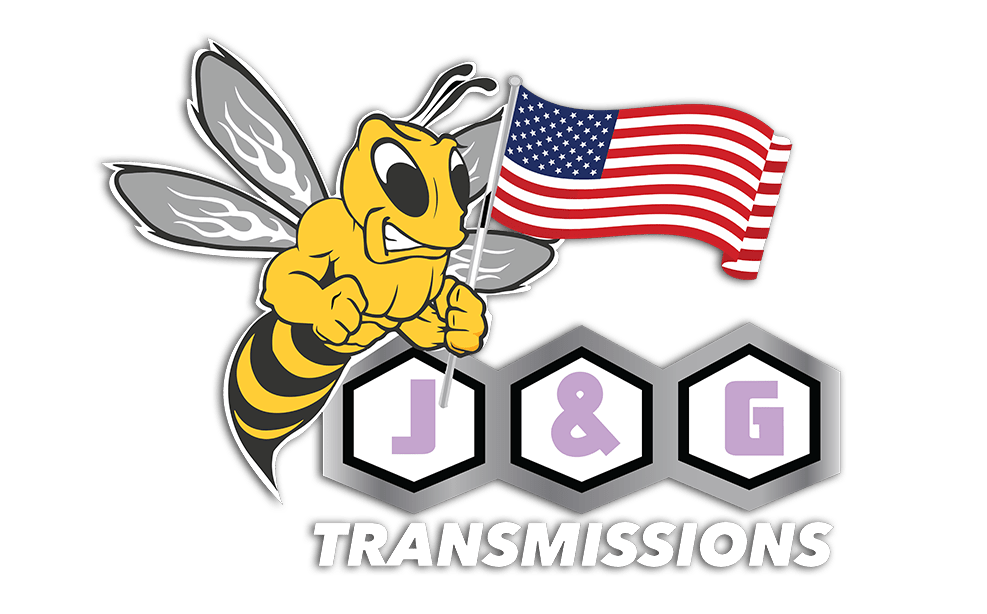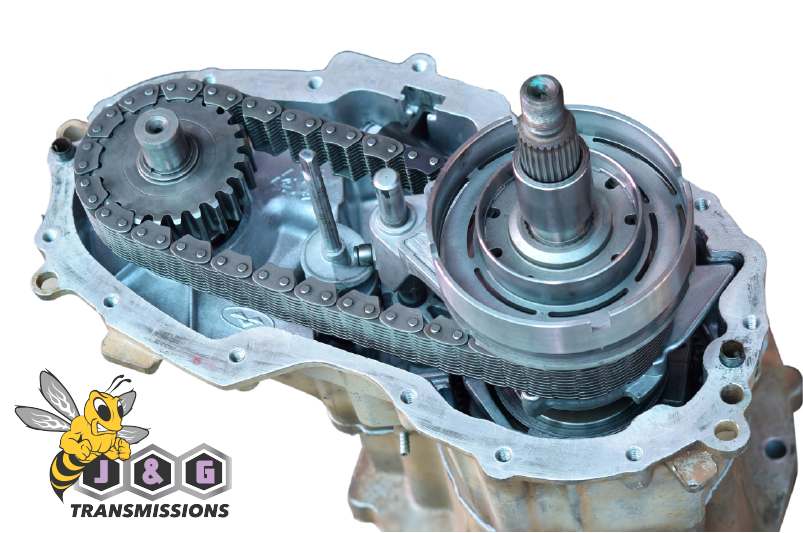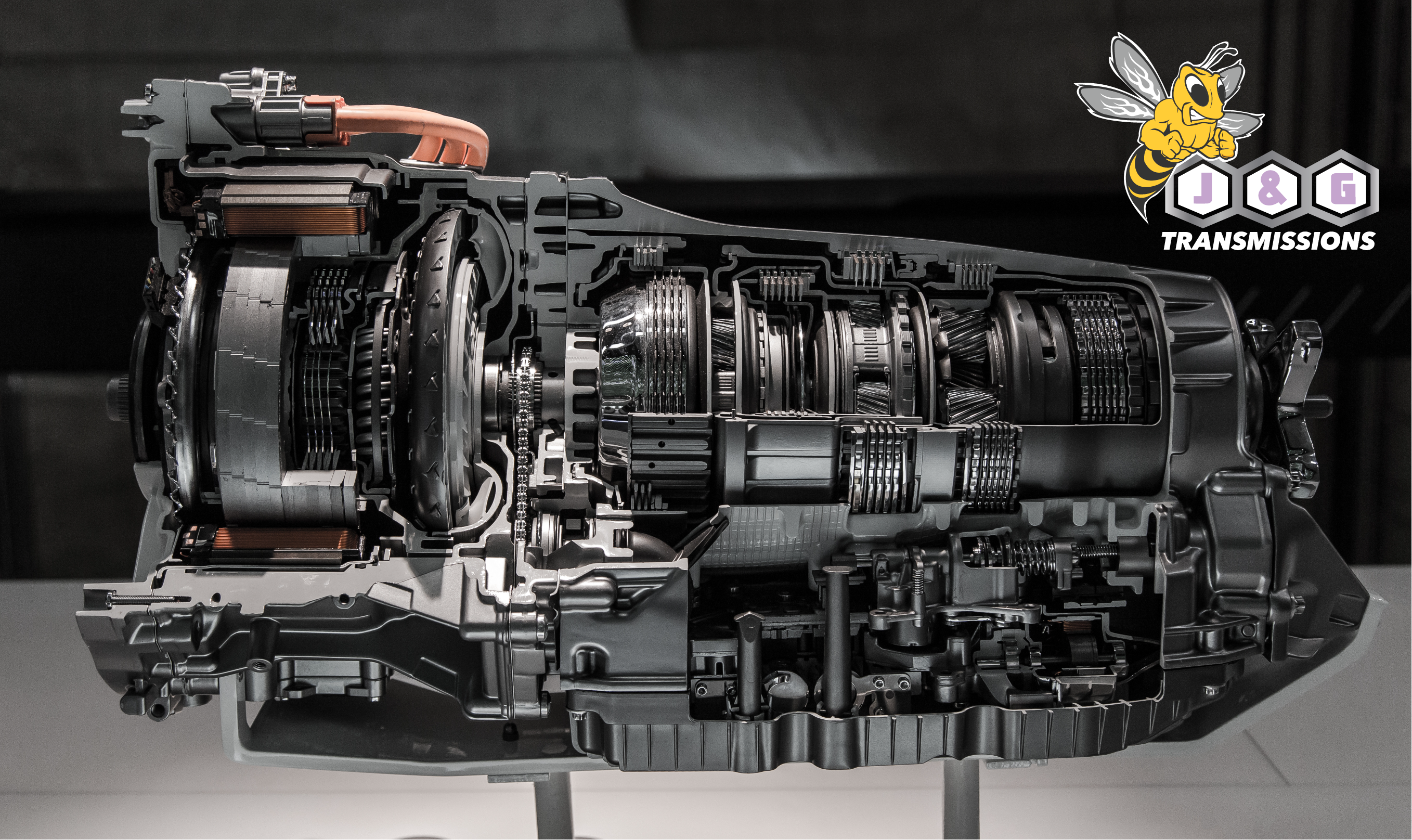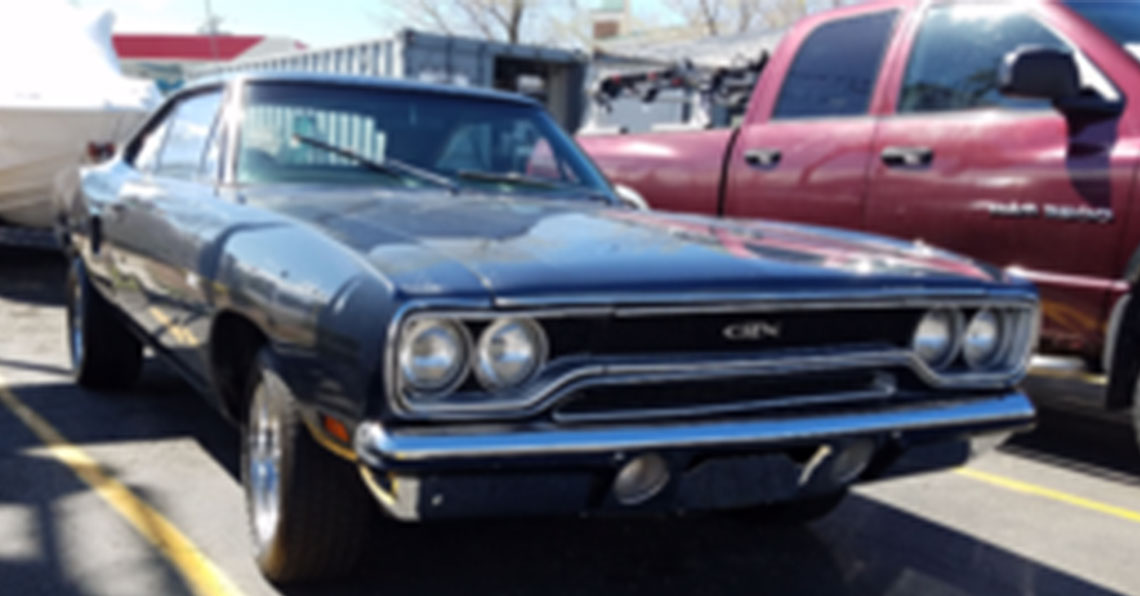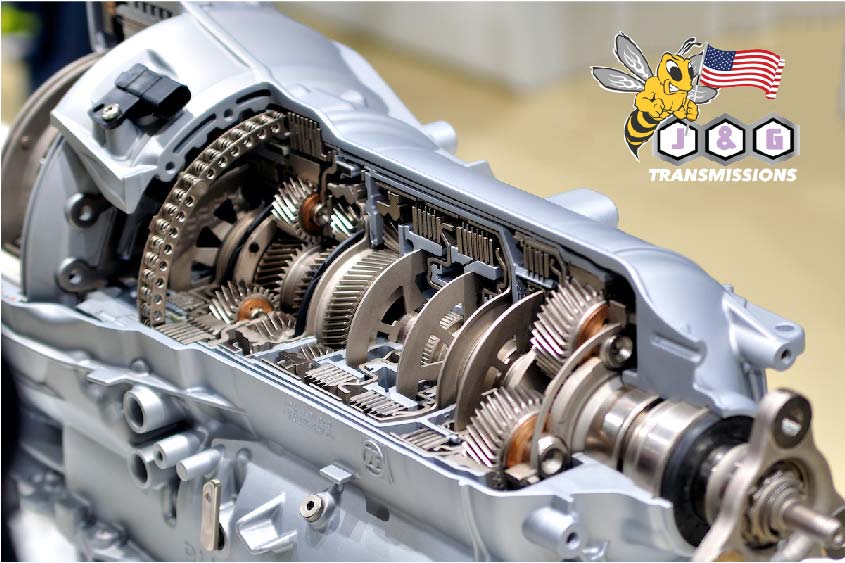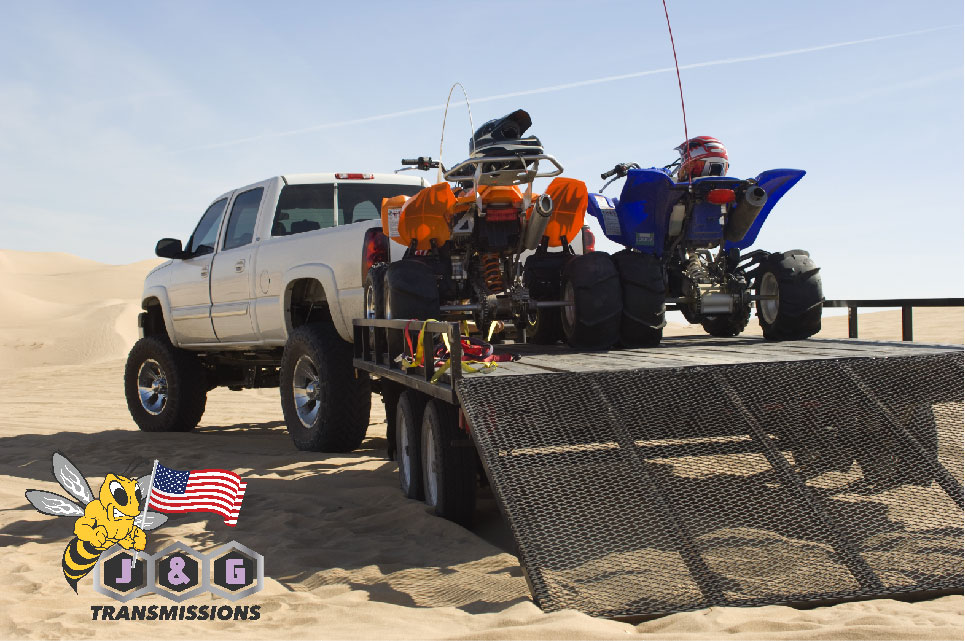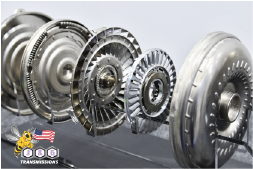At J & G Transmissions in Murray, UT, we believe that a well-maintained car is a safe and reliable car. Whether you’re driving to work, heading up the canyon, or just running errands around town, keeping up with regular car maintenance can save you time, money, and headaches in the long run. Here are some essential car maintenance tips to help you stay on the road with confidence.
- Check Your Fluids Regularly
Fluids are the lifeblood of your vehicle. Make sure to check and top off engine oil, transmission fluid, brake fluid, power steering fluid, and coolant. Neglecting fluid levels can lead to serious and costly issues. J & G Transmissions in Murray, UT can help with quick fluid checks and top-offs to keep your car healthy.
- Don’t Ignore Dashboard Warning Lights
Modern vehicles are equipped with advanced diagnostic systems. If a warning light comes on, don’t ignore it—get it checked out as soon as possible. It could be a minor fix now that saves you from a major repair later. Our expert technicians at J & G Transmissions have the tools and know-how to quickly diagnose and fix the problem.
- Change Your Oil on Schedule
Regular oil changes are one of the easiest and most important ways to extend the life of your engine. Follow your vehicle manufacturer’s guidelines or stop by J & G Transmissions in Murray, UT for expert advice and fast, reliable oil change service.
- Keep Your Tires in Top Shape
Check tire pressure and tread regularly. Properly inflated and balanced tires improve gas mileage, handling, and safety. Rotate your tires every 6,000 to 8,000 miles for even wear. J & G Transmissions offers tire checks and rotations to help maximize your tire life.
- Listen to Your Vehicle
Strange noises, vibrations, or changes in performance are often early signs that something needs attention. Trust your instincts and get a professional inspection when things don’t feel right. J & G Transmissions is your trusted partner for thorough diagnostics and dependable repairs.
- Schedule Regular Inspections
Routine inspections can catch problems before they turn into costly repairs. At J & G Transmissions, we offer comprehensive vehicle diagnostics to keep your car running smoothly year-round. Our experienced team is committed to keeping your vehicle safe and efficient.
J & G Transmissions: Your Trusted Car Care Partner
More than just a transmission shop, we’re your one-stop solution for preventative maintenance and expert repairs. Our team in Murray, UT combines decades of experience with state-of-the-art tools to deliver top-quality service and honest recommendations.
Stay Ahead of Car Trouble — Call J & G Transmissions Today!
Whether you need routine maintenance or expert transmission repair, our experienced team in Murray, UT is here to help. Call us today at (801) 262-2321 to schedule your service and keep your car in top shape.
